6 Ways AI Can Transform the Multifamily Acquisitions Team
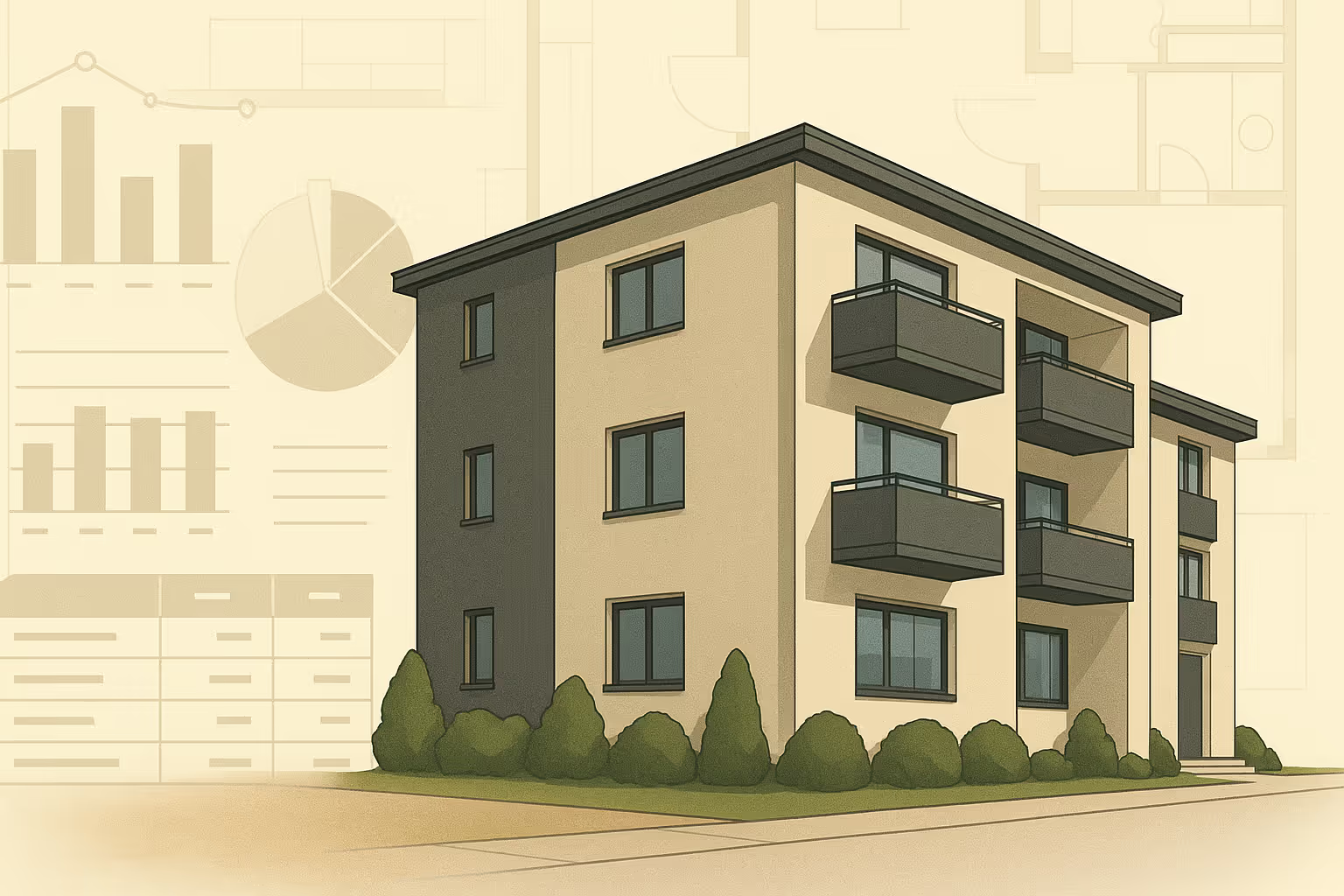
AI is set to transform multifamily real estate acquisitions.
Early research from McKinsey found that AI in real estate can increase NOI by 10%+, and the industry is set to grow $110 - $180 million from adopting this technology.
From our own work with many of the top 50 REITs, we’ve seen AI adoption deliver business plans 6+ months faster, reduce Capex costs by 3 - 8%, and reduce Due Diligence timelines by 70% or more — all without sacrificing value or accuracy.
Yet AI is still new to the industry and many of its core functions, including the acquisitions team. Some teams and professionals are still uncertain about how to adopt this technology and what value it can deliver.
We wrote this piece to help demystify AI for multifamily acquisitions.
In it, we’ll explore:
- The current use cases for AI in multifamily acquisitions
- The six transformative benefits AI can deliver when it’s adopted properly
- How to bring AI to multifamily acquisitions, starting today
AI for Multifamily Acquisitions: Current Use Cases
To date, many AI tools built for multifamily have focused on property management.
A growing number are now being built for acquisitions teams. Many of these AI tools are focused on parsing unstructured data (e.g. tax records, liens, and leases) or analyzing comps, migration shifts, and market data. They then use this data to surface trends, forecast demand, and simulate 1 / 3 / 5/ 10-year hold scenarios — primarily to support preliminary due diligence leading up to the LOI.
Our tool — Tailorbird — adds additional support for Capex due diligence after the LOI is submitted. Tailorbird lets multifamily acquisitions teams perform detailed Capex due diligence in just 12 days in order to surface all needs and costs. With Tailorbird’s AI for multifamily acquisitions, teams can:
- Collect 300,000+ property data points at 98% accuracy in 3 days, fully remote
- Automatically identify all Capex issues — near term and across the hold period
- Use this robust data set to create accurate Capex project scopes and estimates
- Receive level, hard bids from vendors that allow precise Capex budgets
By combining preliminary due diligence AI tools with Tailorbird’s Capex-focused AI platform, multifamily acquisitions teams can create six downstream benefits that transform how they operate — and dramatically improve the benefits they deliver.
1. Free Up Time to Source and Screen Properties
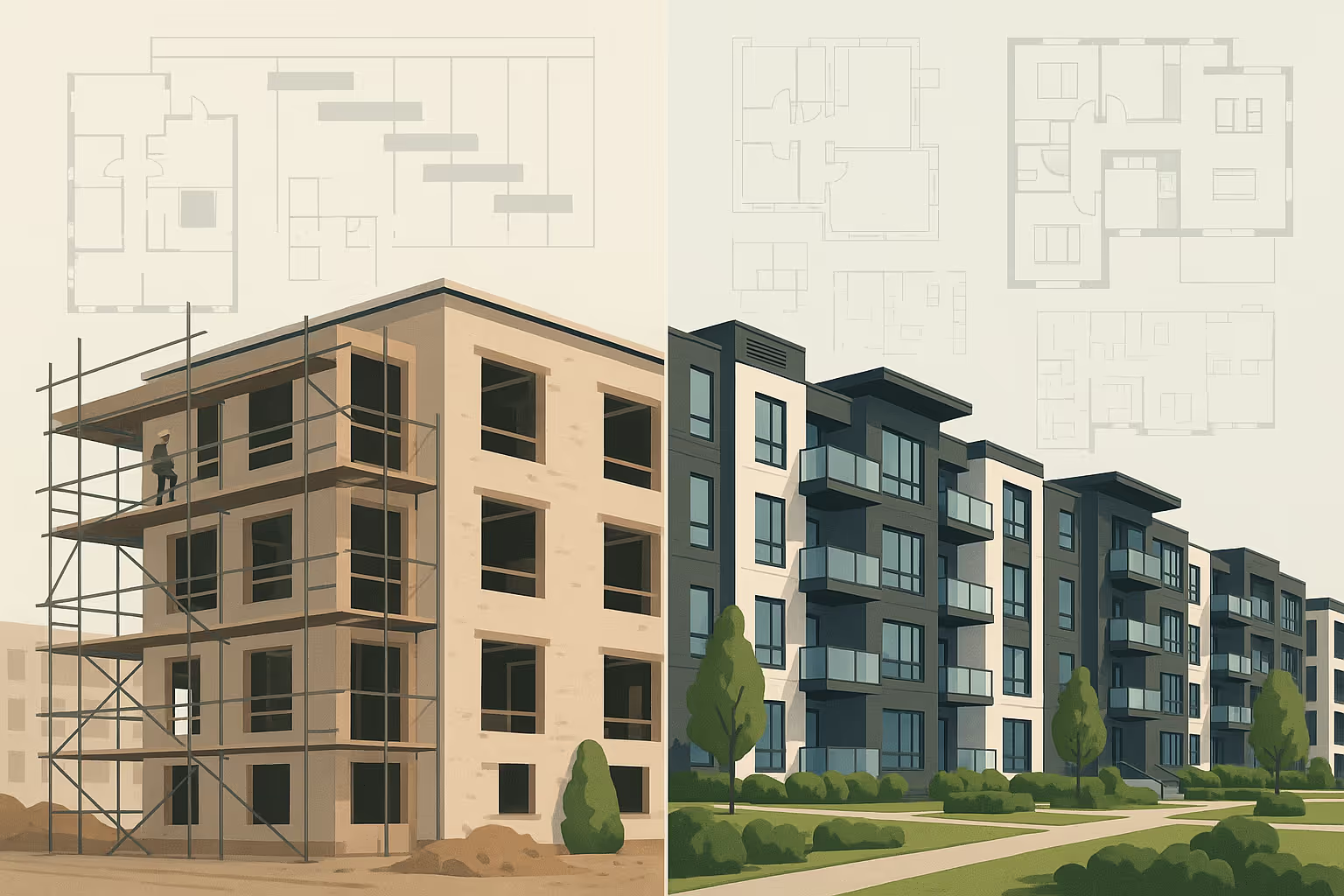
Modern AI expands the funnel of your acquisition opportunities while refining your screening. It mines listings, public records, and other unstructured public data to identify mis-priced assets and hidden value-add targets before you step foot on-site.
The best teams use AI to see what’s available and to understand which properties are worth a closer look. This doesn’t mean acquisition teams can be replaced. Humans still judge context, read between the lines of financial disclosures, and spot upside algorithmic processing can’t see.
AI narrows the list. People still make the call.
By creating consistency and accuracy in building assessments, Tailorbird supports more reliable financial modeling and investment comparisons. This allows you to develop screening criteria to identify deals worth pursuing faster.
And because of Tailorbird’s fast data collection, you can spend more time sourcing deals instead of flying around the country collecting property data.
2. Perform Preliminary Due Diligence with Precision

Imagine if you could run faster, more accurate back-of-the-envelope calculations for 10 to 20 properties per week. With AI, that is reality. Without leaving your desk, what once took a week of emails, spreadsheets, and site visits now happens in days.
AI pulls property details and scopes early CAPEX, letting acquisition teams quickly assess if a deal is in the ballpark. At scale, AI models assumptions for dozens of properties a week, fast-tracking go/no-go decisions before LOIs go out.
People still spot the nuance, like when a roof issue is worse than it looks. AI helps you waste less time on the bad deals and move faster on the good ones. People decide when to dive deeper.
Tailorbird remotely collects over 300,000 data points in 3 days with 98% accuracy. But as good as fast data collection is, fast and comprehensive data collection is better.
Tailorbird analyzes the granular details hidden in PCA reports, inspection notes, and images to extract and categorize issues. So you rely less on assumptions and more on hard data to develop a better (and faster) back-of-the-envelope understanding of the deal.
3. Remove the Guesswork from Negotiation and Bidding
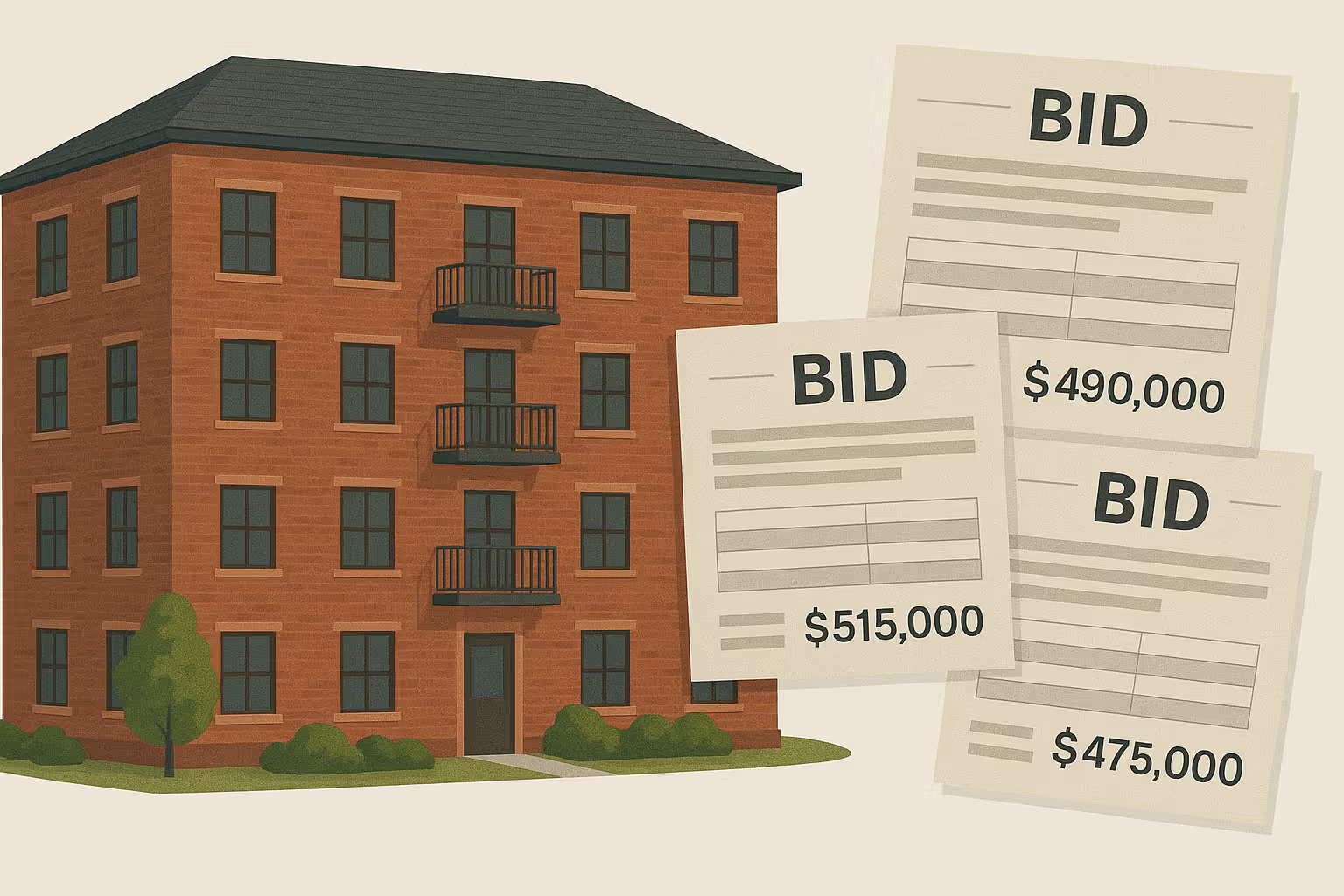
By surfacing uncounted CAPEX, deferred maintenance, and hidden costs across the hold period, AI gives you leverage.
It sharpens your sense of a property’s true value and helps you set a hard minimum and maximum bid. It allows you to show up with a data-driven story that signals to sellers you’ve done your homework.
This tells sellers you’re less likely to retrade the deal, which makes your offer more credible. Smart sellers prefer a slightly lower bid with fewer surprises over a high offer likely to fall apart during due diligence.
Of course, negotiation is still a human game. People read the room, structure creative offers, and protect relationships. AI simply arms you with better information.
Tailorbird’s greatest benefit to acquisitions is how it transforms your ability to negotiate and structure your bids.
Since Tailorbird identifies all near and long-term CAPEX needs, you set an accurate minimum and maximum purchase price to hit IRR targets. You can also use Tailorbird to model different renovation scenarios, lease-up timelines, and ROI benchmarks across similar asset types and markets to support different bid prices.
What’s more, because your bid is based on higher-quality information, sellers see you as a more competent deal partner. This reduces risk for them, which translates into better pricing and terms for you.
4. Breeze Through the Investment Committee
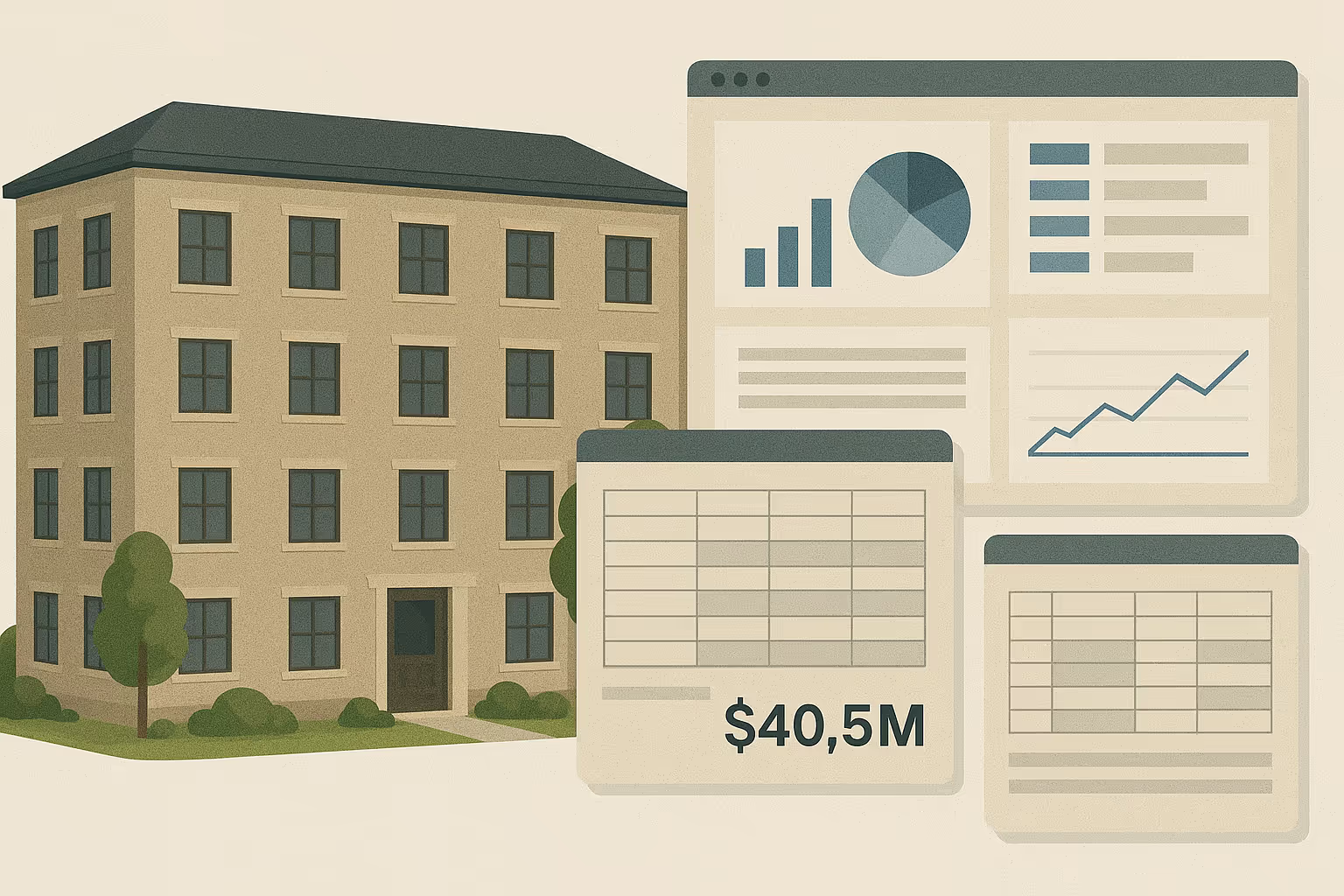
No acquisitions professional waste investors’ time on a deal that doesn’t at least look good on paper. Deals get approved not because of the numbers you present, but how you defend the numbers.
AI’s capabilities equip you with the data—roof plans, material conditions, hard bids, expected life/repair-replace timelines, and more. So when your model is scrutinized, you have answers. Investor confidence increases, and the conversation gets easier.
AI replaces assumptions with proof, but the acquisition team tailors the thesis into something people want to believe in.
With the depth of information you get with Tailorbird, you'll have hard data to answer hard questions from your investors. No more assumptions about roof conditions, HVAC systems, and appliance lifespans that sow uncertainty within your team and kill deals that could’ve been.
Because after all, if you’re bothering to bring a deal to committee, it already works on paper. What kills it are the unknowns. Tailorbird eliminates those.
5. Identify All CAPEX Needs and Costs — Faster and Easier
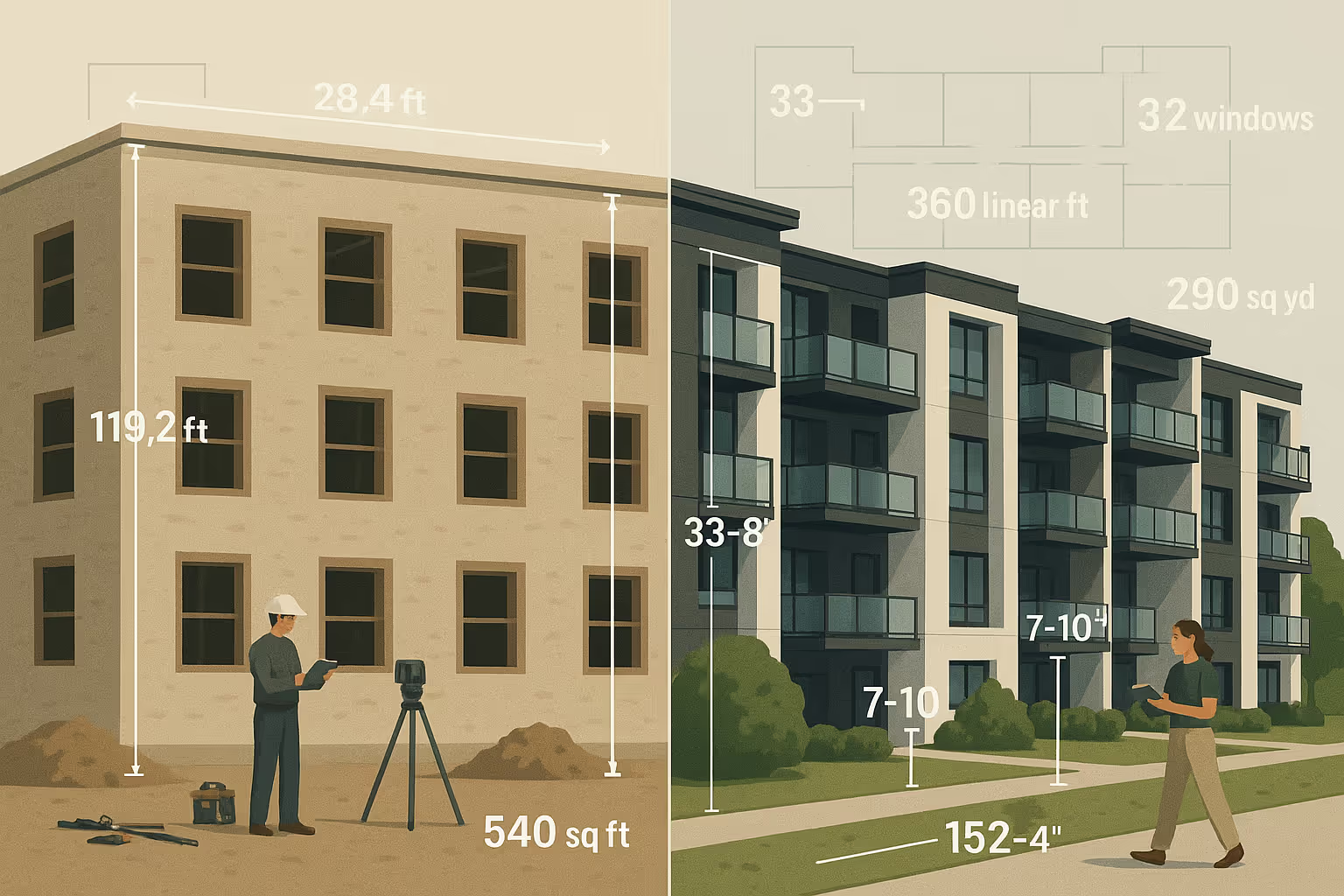
In the rush to submit a bid, it’s easy to miss capital expenditures. An overlooked roof that’s due for replacement, appliances near the end of their life, or a value-add project are the difference between a deal that pencils and one that doesn’t.
Fortunately, sorting through massive amounts of data is where AI thrives. Feed it PCA reports, inspection notes, tax documents, and any other structured or unstructured data, and it’ll use that to create a structured list of prioritized capital plans.
Every report, image, and floor plan can be extracted, categorized, and transformed into a preliminary project scope, complete with cost estimates and project timelines. What once took weeks of back-and-forth now happens in hours.
With this work automated, you can focus on how to sequence capital projects and financing to maximize IRR.
Only through Tailorbird can you obtain the location and quantity data you need to enrich other data like photos, work orders, property inspection reports, and financials.
By obtaining this data, and doing it early, Tailorbird:
- Provides insights into future capital requirements.
- Generates detailed scopes of work based on property conditions.
- Reduces manual planning time and improves consistency.
What you get is more accurate project timelines, more efficient project logistics, and a larger, faster return on investment.
6. Make More Good Deals

You can’t change the market, but with AI, you can change the math.
With shorter timeframes to start and finish capital projects, NOI growth happens sooner. Rent increases and OPEX reductions happen earlier in your model. And cash flow management is smarter and more efficient.
IRR increases so that what used to be a borderline deal turns into a slam dunk. And when more deals pencil, you spend less time hunting and more time shaping good deals into great ones.
The highest-leverage opportunities to make a deal work are in acquisitions and disposition. Tailorbird transforms both of these stages of the investment lifecycle of multifamily properties by:
- Accelerating capital projects, leading to earlier increases in NOI.
- Improving financial planning, which optimizes cash flow and leverage.
- Informing negotiation, which improves acquisition and disposition pricing.
But this isn’t just a deal-by-deal process. It’s a self-perpetuating, virtuous cycle of improvement. Over time, Tailorbird helps you standardize your acquisition process so you spend less time on the duds and more time making good deals even better.
Bringing AI to Your Multifamily Acquisitions Work
AI isn’t about replacing multifamily acquisitions teams, it’s about giving them new tools to do their job faster, easier, and better than before.
Many AI tools will do the busy-work for acquisitions teams — collecting data points and documents, “reading” and analyzing large quantities of information, and building out basic assumptions.
Tailorbird takes it a step further, and gives acquisitions teams an edge through detailed, accurate Capex due diligence in just 12 days or less, leading to faster and better bids and less risk.
By combining these two types of AI tools, multifamily acquisitions teams will transform their work, and focus on sharpening their negotiation skills, engineering value, and building consensus with investors.
With a platform like Tailorbird, acquisitions teams can move from reactive analysts to proactive dealmakers, starting today.
To learn more, click here to schedule a free demo and consultation.